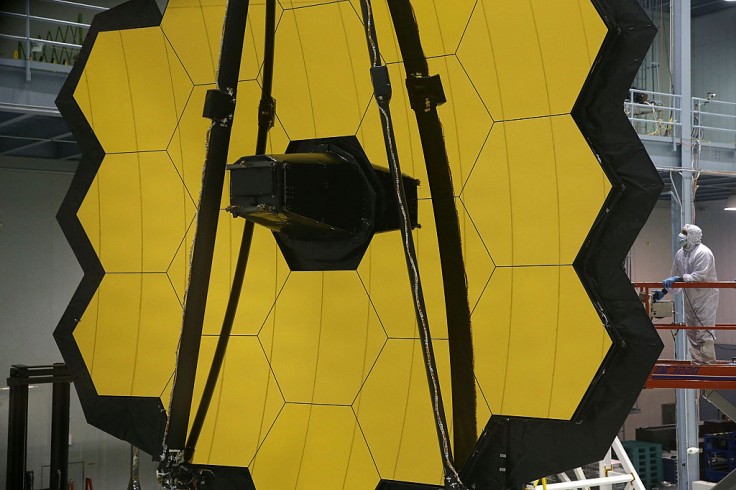Finally! The James Webb Space Telescope revealed its first captured image of a star, which was taken 18 times over. It also shared its first selfie image to celebrate the milestone.
James Webb Space Telescope Shares Its First Star Image
After its launch last Dec. 25, the James Webb Space Telescope encountered numerous unexpected events prior to its mission. Despite these, the space observatory has shared its first captured image of a star.
According to NASA, the newly launched space telescope is about to finish the first phase of the alignment of its primary mirror through the Near Infrared Camera (NIRCam). This process is expect to take a couple of months.
The space agency explained that the team behind the observatory has two challenges when it comes to the alignment. These challenges are to "confirm that NIRCam was ready to collect light from celestial objects, and then identify starlight from the same star in each of the 18 primary mirror segments."
In addition to this, each James Webb Space Telescope's unaligned mirror segments reflect the light from same star back to Webb's secondary mirror and into NIRCam's detectors, resulting in an image mosaic of 18 randomly arranged spots of starlight.
Engadget added that the team behind this mission expected the space observatory to produce a blurry and fuzzy image.
The produced image, which seems to be a basic snapshot of fuzzy starligh,t is currently being used to position and focus the telescope so that Webb may provide unparalleled images of the universe.
⚫️ Each dot visible is the same star as imaged by each of Webb’s 18 primary mirror segments. Here, you can see which dot corresponds to which mirror segment, including the dots taken by the segments on Webb’s mirror wings. pic.twitter.com/boDFK2TcDW
— NASA Webb Telescope (@NASAWebb) February 11, 2022
Read Also: James Webb Space Telescope Reaches Final Destination: Now Orbiting Around Earth-Sun Lagrange Point
To further emphasize, Engadget reported that the photographs were created after a 25-hour effort in which the James Webb Space Telescope was oriented to 156 different locations and the NIRCam's sensors produced 1,560 images. The mosaic was made by putting each mirror segment's signature in a separate frame.
The infrared camera was used at temperatures well above those required by the telescope for observation and experimentation, resulting in visual artifacts. The full-resolution photo is almost two gigapixels, so what you see here isn't the complete mosaic.
Aside from the image captured, the space telescope also captured its first selfie.
Bonus image! When it’s time to focus, sometimes you need to take a good look at yourself.
— NASA Webb Telescope (@NASAWebb) February 11, 2022
This “selfie” taken by Webb of its primary mirror was not captured by an externally mounted engineering camera, but with a special lens within its NIRCam instrument. #UnfoldTheUniverse pic.twitter.com/XtzCdktrCA
Near Infrared Camera
For those who do not know how powerful the Near Infrared Camera is, it has a capability to detect the ealiest stars and the formation of galaxies. It can also discover the population of stars in the nearby galaxies, as well as the young stars located in the milky way and Kuiper belt objects.
NIRCam has coronagraphs, which are equipment that allow astronomers to photograph very faint objects around a brilliant core source, such as star systems. The coronagraphs on NIRCam operate by concealing the light from a brighter object, choosing to focus on the scene in front of it.
This has similaries in covering your eyes from the sun with an upraised hand. Astronomers want to use the coronagraphs to learn more about planets circling neighboring stars.
Where is James Webb Space Telescope Now?

James Webb Space Telescope is currently in the process of segment image identification.
The team behind the space telescope stated through Space.com that for over a month, it will keep aligning and focusing its mirror parts until they all operate as one and can laser-focus on faraway cosmic objects. Additionally, Webb's other science instruments, on the other hand, are still cooling down and are too hot to come online.









